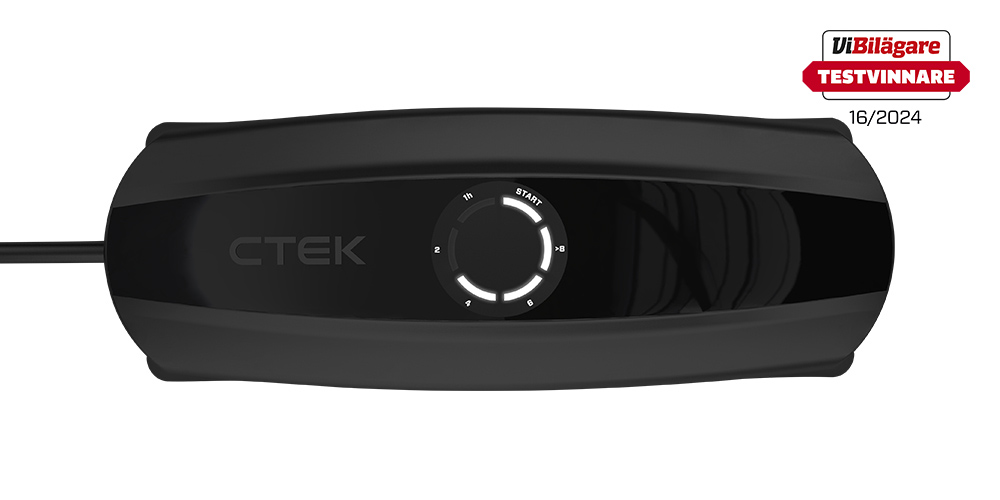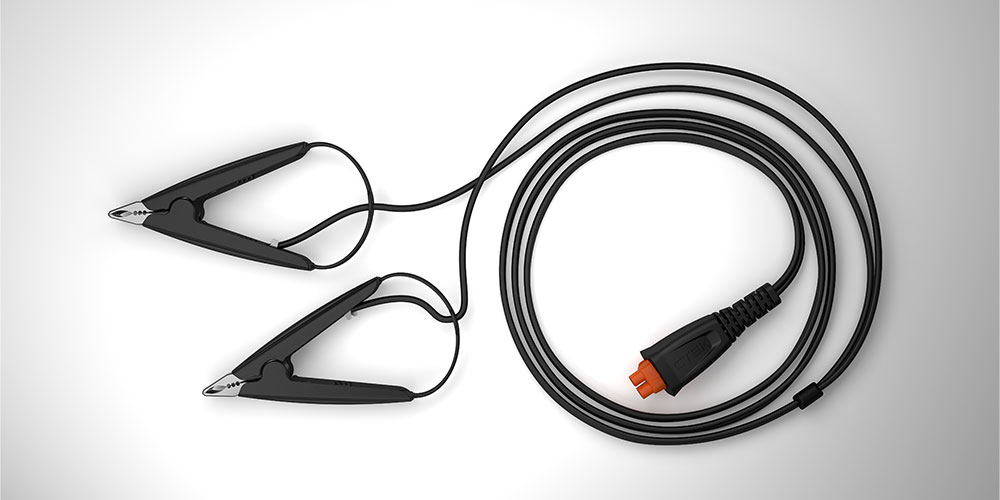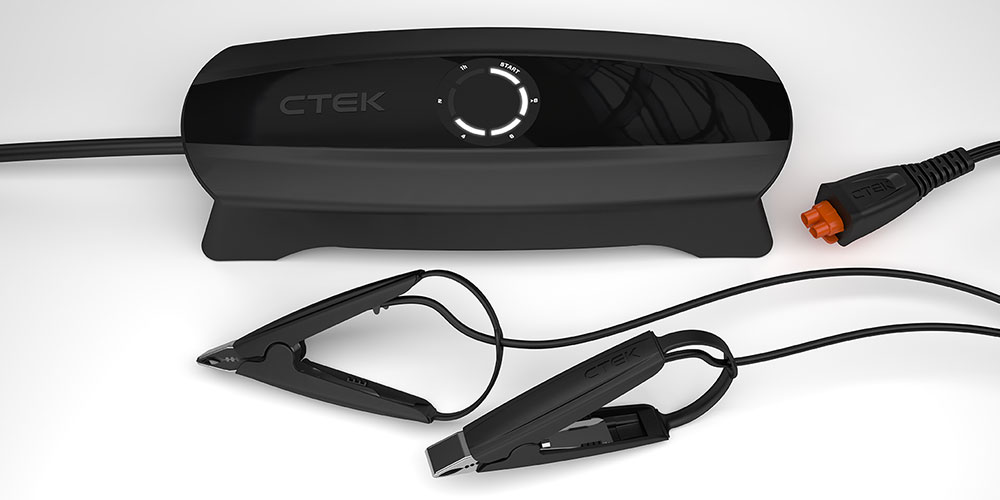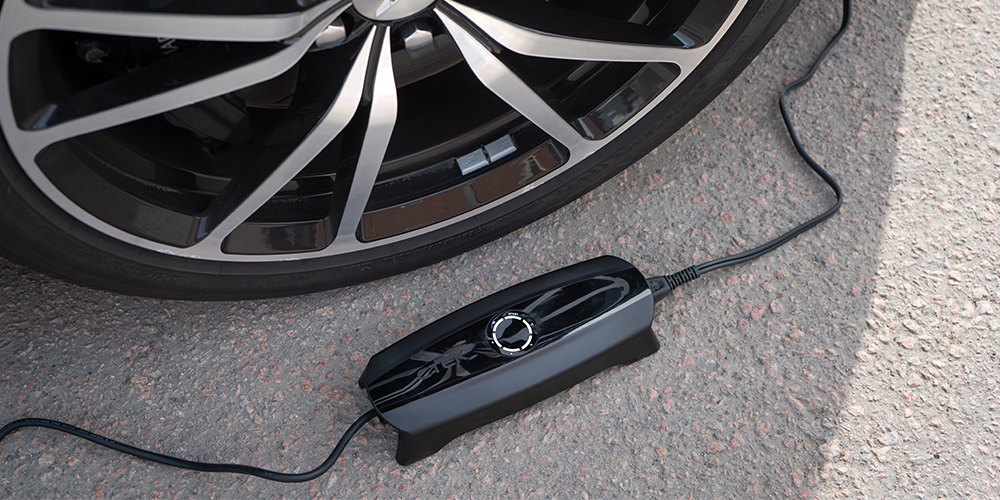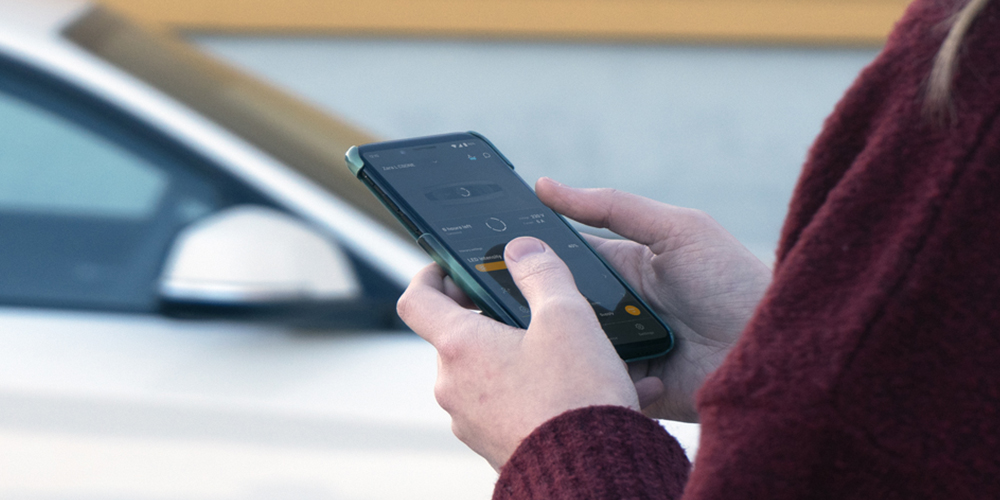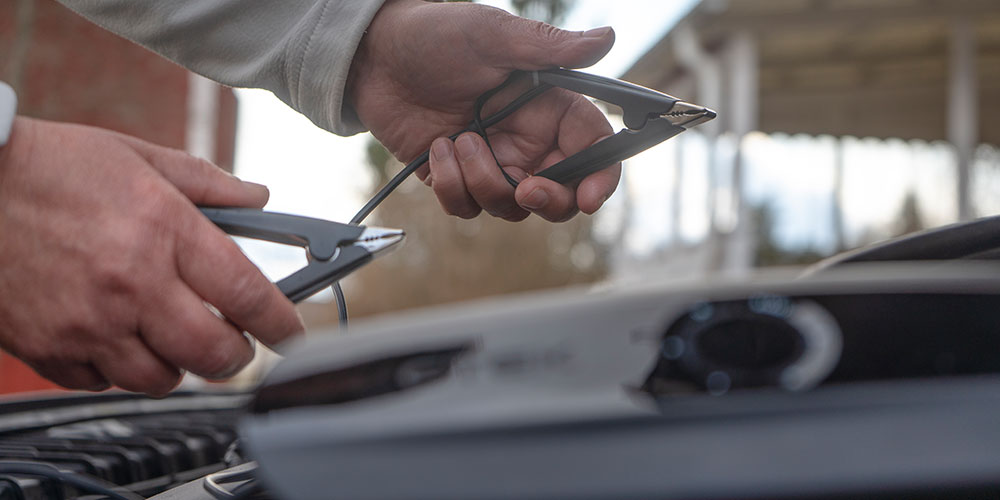Winter Storage Wisdom: Keeping Your Ride Ready for Spring's Return
Embarking on summer drives with your seasonal car or motorcycle is a unique joy. Yet, if the thought of stowing away your cherished vehicle for the winter has crossed your mind, CTEK offers valuable advice for intelligent winter storage. This ensures your vehicle's battery remains in optimal condition, poised for a seamless start when spring arrives.
Tony Zeal, Training Manager for CTEK, emphasises the specialised care required for sports or classic cars in winter storage. The summer heat may have strained your battery unnoticed, and during storage, the battery continues to lose charge. Even with the ignition off, your car draws power in the background.
To address this, CTEK recommends regular (at least monthly) maintenance charging using a smart battery charger and maintainer like the CTEK CS ONE. This practice keeps the battery topped up and in peak condition throughout winter. The CS ONE allows continuous maintenance and top-up charging, providing confidence in a reliable spring start.
Mark underscores the narrow margin between a fully charged and chemically discharged battery. Even a slight drop in charge can compromise battery health, leading to sulphate crystal buildup, degradation, reduced capacity, and potential replacement. Battery failure can also harm a vehicle's electronics, incurring additional costs. Establishing a routine of regular maintenance charging during storage can extend a battery's life by up to three times.
CTEK's CS ONE is the ideal tool for winter battery charging and maintenance. It utilizes Adaptive Charging Technology (APTOTM), recognizing the battery type, size, and charging requirements. The charger automatically delivers a dedicated and unique charging program tailored to the battery's needs. The CS ONE informs users of the time remaining until the battery is fully charged and ready for use. Additionally, it features an automatic ambient temperature sensor, adjusting the output voltage, ensuring precise charging even in temperatures as low as -30°C (-22°C), preventing over or undercharging.
